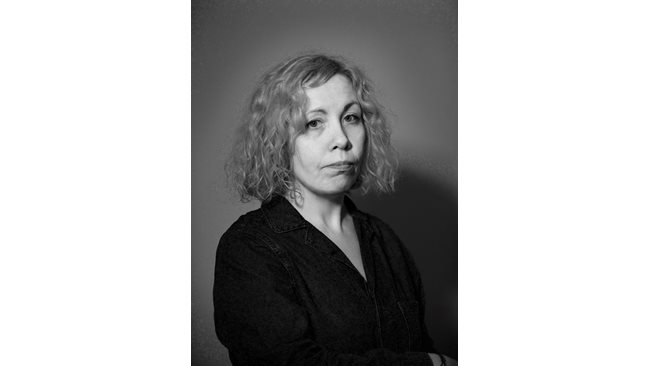According to the chairman of the panel, they do
a logical chain that leads to Ioan Matev
Four years after his arrest in February 2017, Ioan Matev, accused of killing Georgi Ignatov in Borisova Gradina, was acquitted by the Sofia City Court on Friday. The decision was not taken unanimously by the five-member court panel, which in each murder case consists of two judges and three jurors representing the public interest.
The presiding judge, who is also the rapporteur in the case, Judge Rusi Alexiev and one of the jurors were of the dissenting opinion of the majority. According to them, there is enough evidence, albeit circumstantial, that John aimed the knife at George and killed him. According to the other judge and two jurors, there was no evidence that the 24-year-old had killed the 15-year-old student at the Commercial and Banking High School in Sofia.
All five members of the panel were unanimous in one thing – that
it is John
the young man photographed by
cameras in Borisova
garden and that at the time
of the murder was in
district
at the crime scene. According to three of them, however, this does not turn him into a murderer, but only into a man who passed through the alleys fifteen minutes before 12 o’clock on June 2, 2015.
It has been known from the outset that there is no direct evidence in the case. There are no DNA prints of John on George’s clothes or body, no DNA traces of George or John on the knife found in a shaft thirty meters from the crime scene, to which investigators were taken by John’s brother – Marcel.
Brother Marcel was not questioned before a judge under the Code of Criminal Procedure, that is, in the presence of lawyers. It is also debatable whether the psychologist who spoke to him at the SDVR initially explained to him his right under the law that, as a close relative, he could refuse to talk to anyone in the police building. During this conversation, which then had no weight in the trial, Marcel said that John had told him that he had stabbed a boy in the park, and took the detectives to the shaft. In court, of course, he refused to testify.
Of course, there are no direct eyewitnesses to the murder. The boy’s body was found by his girlfriend Laura, to whom he managed to tell that he had been stabbed. When she arrives in the park just before 12 o’clock, Georgi is lying on the bench. She doesn’t meet anyone on the way.
There is only circumstantial evidence in the case. For three of the panel, they were not enough to convince them of John’s guilt. For the other two, though indirect, they form a logical chain that leads to it.
What are the indirect ones
evidence?
Testimony of many witnesses – classmates and teammates of John’s tennis, which are in several directions. Some of them claim that he looked like the running boy from the photos distributed by the Ministry of Interior after Georgi’s death. The similarity was commented even in the breaks. But no one has ever said that the fleeing boy is the killer. From the very beginning, the Ministry of the Interior announced that they were looking for him to interrogate him, and that he could turn out to be just a witness. The photos themselves are proof only because the young man photographed in them passed through the alleys of the park 12 hours ago.
Other witnesses say that
John was not in
hours, but was not and
of tennis,
but they saw him wash in the school toilet at around 2 pm on June 2, 2015. This proves that he was not a diligent student, had no ambitions in sports and did not train, as he himself explained in court. but still doesn’t turn him into a killer.
A third group of evidence shows that he gained weight, grew a beard, deleted his Facebook account, which may indicate a stagnant lifestyle, a desire to be in fashion trends, but not such a serious crime.
The knife found in the shaft also does not point directly at John, because there are no prints on it, which can be explained by the long time he spent in the shaft. He has hair on it, which morphologically, that is, in thickness, coincides with Georgi’s hair. However, according to experts, it cannot be said categorically that this murder was committed with this knife.
In the absence of direct evidence, it is relied upon that the circumstantial evidence is sufficient to convince the judiciary of the prosecution’s case. Every sentence is passed by law, but also by internal conviction, that is, the one who says guilty must be convinced that the man in the dock has really done what he is accused of. In the case of Ioan Matev, the indirect evidence gathered was not enough to convince three that he was guilty.
This is not the end of
process,
but on the contrary
There are two more court instances – appellate and supreme, where decisions are made only by judges. It is possible that they will ask for new expert examinations, re-examination of witnesses, and start collecting new evidence.
The motives of both the three who justified John and the dissenting opinions have yet to be written and published.
– .


